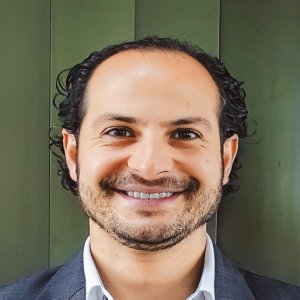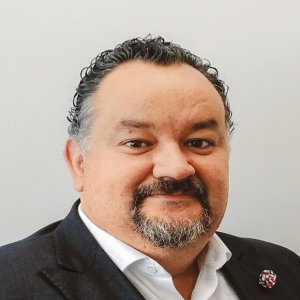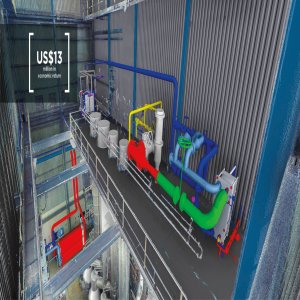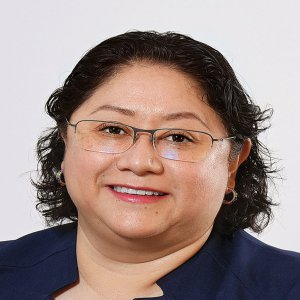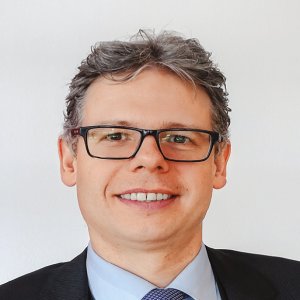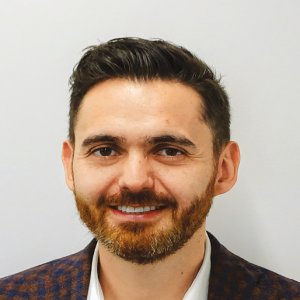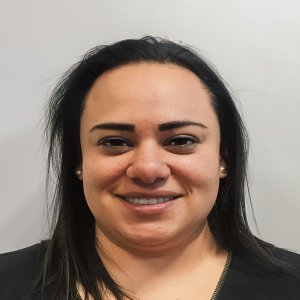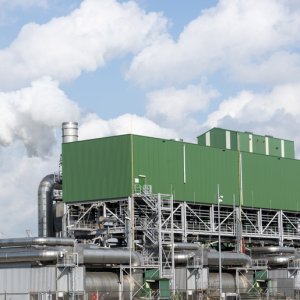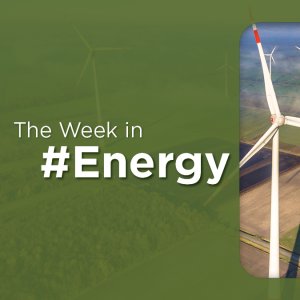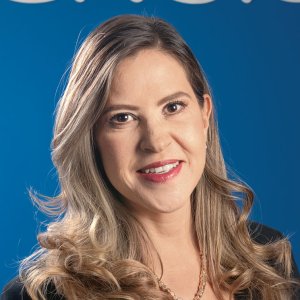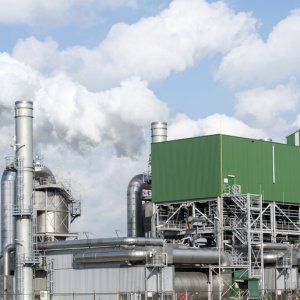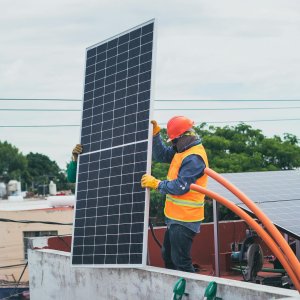Collaborative Engineering for a Stable Energy Baseload

Collaborative Engineering for a Stable Energy Baseload

STORY INLINE POST
Q: How can Rangeland Engineering Canada help spur the consolidation of Mexico’s cogeneration sector?
FS: Rangeland Engineering has broad expertise in scenarios we think can prove quite beneficial to Mexico’s natural gas storage and transportation niches. We are specialists in salt cavern and depleted reservoir storage development and believe that our expertise from designing more than 100 projects of this sort in Canada could be reproduced in Mexico. We also know that Mexico has issues supplying reliable and inexpensive electricity. Cogeneration offers an environmentally-friendly way to provide electricity reliability savings in utility costs and reduced CO2 emissions. Rangeland and its key management personnel have provided assessments, FEED, detailed engineering, construction, installation, relocation, and commissioning services on more than 40 power generation and cogeneration facilities involving combustion turbine and reciprocating engines worldwide. Moreover, we are allied with a Canadian manufacturer of small gas turbines ranging between 700kW and 4MW, which are quite suitable for small industry players that use heat and purchase electricity. These provide steam and electricity and the surpluses from the latter may be put back into the grid. We are also experts in all aspects of midstream engineering for NGL recovery, fractionation, treating and storage facilities including the design of rail and truck terminals that could load and transport Mexico’s crude oil and gas. We have completed the detailed design and procurement for one of the largest rail car terminals in North America, the Edmonton terminal. It moves over 450 crude oil tanker cars per day. We undertook all the engineering, procurement and construction supervision for that facility. Additionally, we have completed detailed engineering and procurement for four world-scale NGL fractionation facilities plus over 30 salt cavern projects over the past five years.
Q: How do cogeneration plants stand against battery-based energy storage technology in renewable energy?
FS: Renewable energy is fantastic and tremendously beneficial but it must be backed up by a stable form of power generation, independent from the intermittency of the sun or the wind. Cogeneration is the most economical way to do that because it capitalizes on the economy of combined heat power: using a single fuel source and converting it into two forms of energy, heat and electricity. It provides the best of both worlds by generating energy savings overall and enabling electricity generation at much lower costs compared to a simple cycle gas turbine generator. The key concept is energy efficiency. Generating power with just a single gas turbine provides energy efficiency close to 42 percent. Recovering the heat produced from the exhaust of this turbine can increase that efficiency to 85 percent or even higher. Cogeneration’s inherent stable load backs up wind and sun power’s intermittencies. We think it is important to have a combination of power generation in the mix.
Q: In what specific niches in Mexico is Rangeland Engineering looking to set a foothold?
FS: When prospecting possibilities during a trade mission organized in July 2018 in Mexico, we detected an unexpected yet significant window of opportunity in salt cavern storage given the country’s lack of natural gas storage capacity. We have an extensive track record of developing hydrocarbon storage infrastructure and Mexico has a lack of natural gas storage facilities. We immediately saw this as an opportunity because as far as we know, no Mexican companies have this technology or the engineering skills. We have the technology and engineering skills to fill the gap. As a result of the trade mission, we held meetings with some Mexican companies looking to develop storage to offer our skills and engineering to them, including salt caverns and depleted reservoir storage.
Q: How is Rangeland Engineering Canada Corp preparing its market entry into Mexico?
FS: We are capitalizing on our business relationships with companies present in Mexico and with which we have worked in other markets, such as ATCO and TransCanada. In parallel, we are looking to close alliances with local companies to assist us in adhering to the country’s regulations and specifications. Local engineering and construction companies can also help us adhere to Mexico’s engineering cost structures to foster our business and competitive pricing.
RD: Collaborative approaches create many more opportunities for all parties involved. In many cases, our clients have a pool of companies they prefer to work with but that do not have all the skills required for the project. We are more than happy to work with these companies under a collaborative approach.
Q: What client profile are you targeting?
RD: Primarily energy companies, industry players that could benefit from cogeneration systems and companies involved across the upstream, midstream and downstream sectors of the oil and gas industry that require project engineering services. It includes gas processing, gas treating prior to pipeline transport, recovering gas liquids and terminal transport, both by truck and rail. On the cogeneration side, we believe the sectors that stand to gain the most from this technology include heavy industry, heavy manufacturing and the food industry.
Q: What are the added value specifics of Rangeland Engineering Quality Management System?
RD: In Canada, each province has a professional association of engineers. Alberta, for instance, has the Association of Professional Engineers and Geologists of Alberta (APEGA). That professional group is supported with local legislation that demands that quality management systems are in place. We have done that in each of the applications we provide. We are qualified to perform our work in most Canadian provinces and in six US states. We are committed to providing a quality product. To ensure that, we have developed internal quality management systems that cover processes and procedures for all our engineering disciplines. Although Rangeland is not ISO registered, we meet all the requirements of ISO 9001.
Q: How does Rangeland Engineering go about proposing technological innovation to its clients?
FS: Sometimes it is just a matter of introducing the client to a technology or a vendor that it was not aware of. We are in the marketplace all the time. We constantly attend seminars and upgrade our knowledge so we can offer these new insights to benefit our clients. Safety is at the core of our focus when it comes to technological innovations and improved engineering designs. We are also well-versed in 3-D modeling software and using the latest tools and technologies to facilitate work-sharing procedures.
